Spectroscopy and Imaging
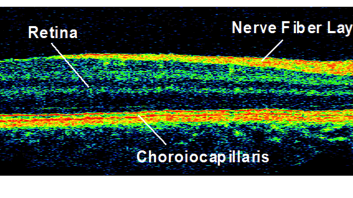
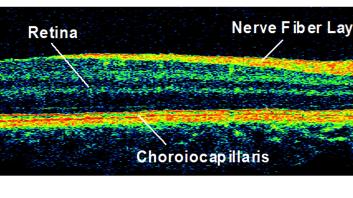
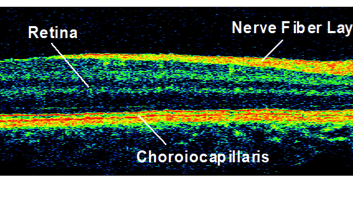
Within the focus of an ultrafast laser linear and nonlinear interaction can be localized to a volume in the µm3 range. This high resolution is usefully employed for imaging e.g. in life sciences. Further combined with spectroscopy, sensing and ranging in the micron scale becomes reality, and methods such as CARS microscopy, OCT, FLIM, or nonlinear microscopy became standard technologies with a billion dollar marked worldwide. Here in our group we are continuously working on innovative concepts and methods for the imaging techniques of the future.
-
Coherent Raman Scattering
Coherent Raman Scattering methods like CARS (Coherent Anti-Stokes Raman Scattering) and SRS (Stimulated Raman Scattering) are spectroscopic techniques, which allow detection of vibrational or rotational resonances of molecules. The advantage about spontaneous Raman Scattering is the coherent excitation of modes which results in a many orders higher intensity of the generated signal.
In our group are several laser and amplifier systems availabe which are well suitable for experiment with nonlinear Raman spectroscopy since they deliver high repetion rates, wide spectral ranges and high pulse energies.
![]()
![]()
![]()
-
OCT: Optical Coherence Tomography
Optical Coherence Tomography (OCT) is an interferometric imaging techniques which allows for non-destructive imaging with high resolution. It is widely used in medical in vivo applications such as dermatology or ophthalmology. The achievable axial resolution depends on the spectral bandwidth of the used light source. Several techniques have been developed to obtain OCT pictures in video rate.
With our home-built Ti:sapphire oscillators it is possible to achieve an axial resolutions of 1µm in air (Link auf Gallerie).
Due to the high peak intensities of the ultrashort laser pulses, it is also possible to increase the chemical selectivity by nonlinear OCT techniques such as CARS-OCT or SHG-OCT. Here the nonlinear signal generated in the sample , i.e. the second harmonic or Anti-Stokes signal respectively, is interferometrically detected and allows for additional structural or chemical information in the recorded image.
Waveguide Writing
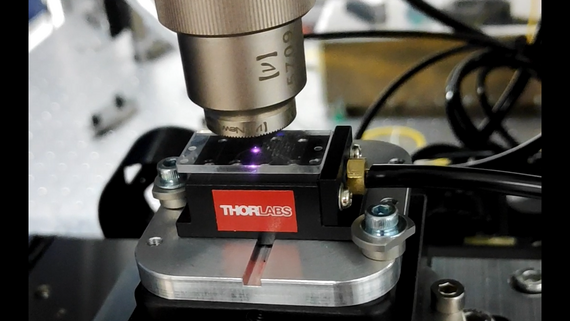
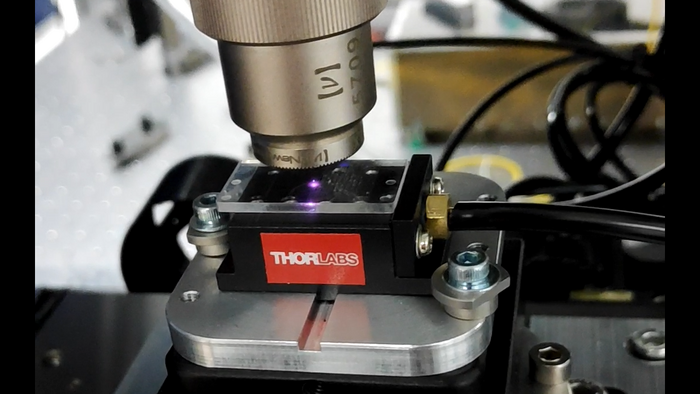
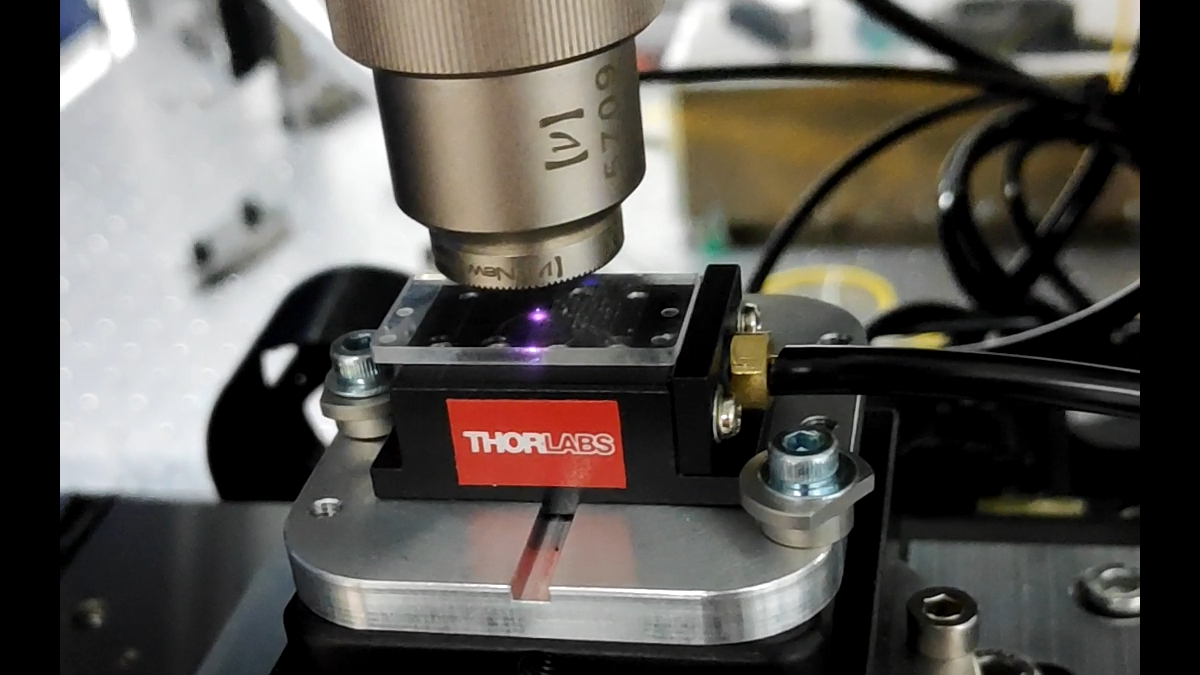
Material processing of dielectric materials benefits from the exploitation of nonlinear absorption using femtosecond laser pulses. Our high repetition rate laser systems with pulse energies in the µJ level [link] enable the processing of many dielectric materials such as glasses and laser crystals. Here the focus is on the creation of laser written photonic waveguides, mainly in fused silica glass.
-
Material Processing
Laser Written Photonic Waveguides and Beam Shaping
The wave guiding structures are created by femtosecond laser pulses, which are tightly focused inside the bulk material. Due to the nonlinear absorption processes these lead to a permanent refractive index modification after relaxation of the plasma in the focal point. Under suitable irradiation conditions, the refractive index change is positive, allowing direct fabrication of guiding structures.
Using the combination of beam shaping with femtosecond laser writing we demonstrated a novel method to create waveguide coupler and splitter devices in fused silica. The major advantage of the beam shaping method is the possibility to create complex devices in a single sweep by simultaneously writing two or more waveguides with changing separation.
Using the combination of beam shaping with femtosecond laser writing we demonstrated a novel method to create waveguide coupler and splitter devices in fused silica. The major advantage of the beam shaping method is the possibility to create complex devices in a single sweep by simultaneously writing two or more waveguides with changing separation.
![]()
![]()
![]()








